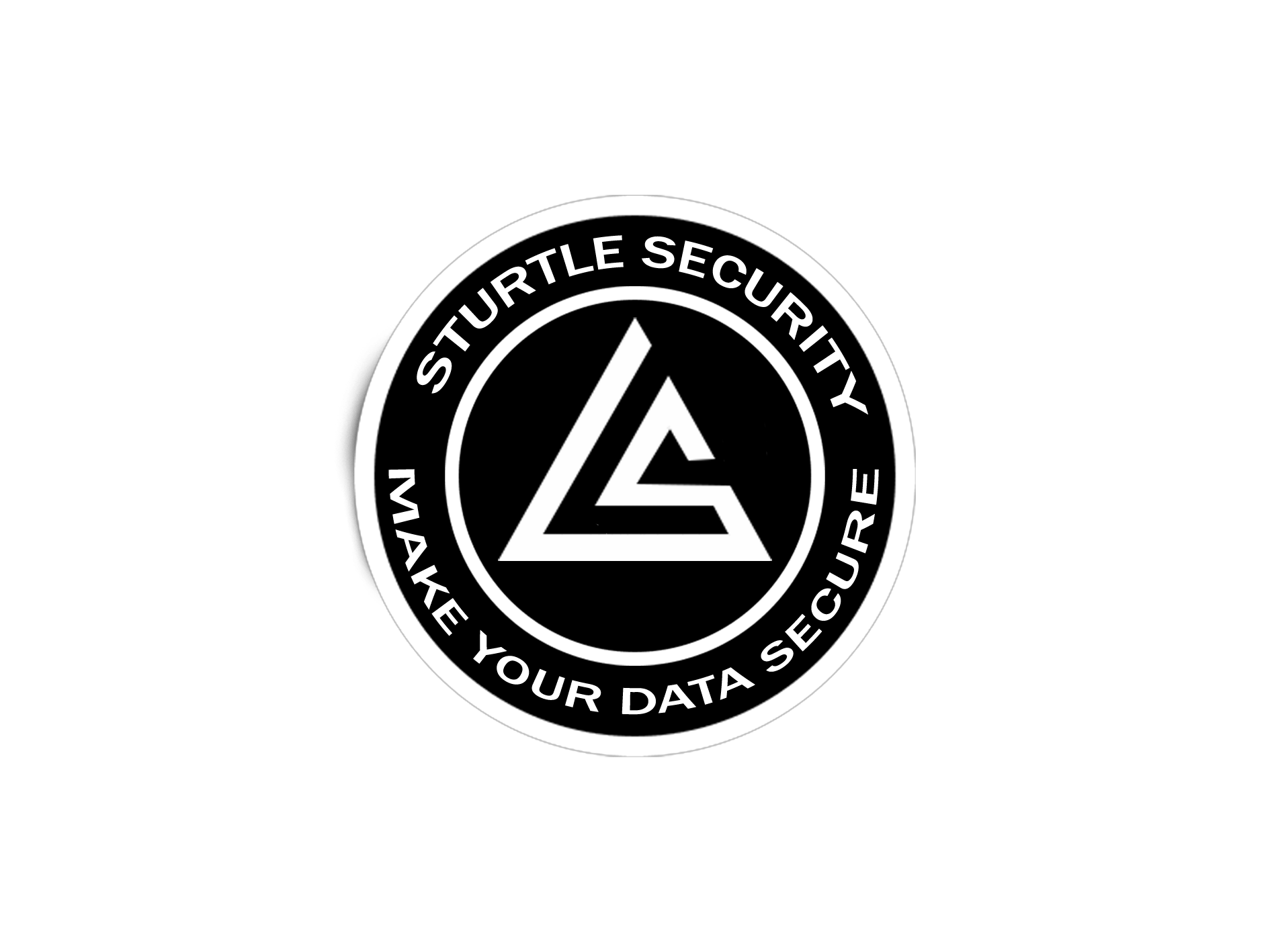Advanced Website Development with PHP: A Comprehensive Guide

PHP is one of the most popular server-side scripting languages for web development. It powers millions of websites, including WordPress, Facebook, and Wikipedia. In this guide, we'll walk through advanced PHP website development, covering everything from environment setup to deployment, best practices, and essential tips for creating a scalable, secure web application.
1. Setting Up the Development Environment
Before diving into PHP development, the first step is setting up a robust development environment.
a. Install PHP
Ensure that you have the latest version of PHP installed. For advanced development, it's recommended to work with PHP 8.0 or higher.
- For Windows:
- Download PHP from php.net.
- Install XAMPP or WAMP, which bundles PHP, Apache, and MySQL.
- Set up the PHP executable path in environment variables.
- For macOS:
- Use Homebrew:
brew install php
For Linux:
- For Ubuntu, you can use the following commands:
sudo apt update
sudo apt install php
b. Install a Web Server
PHP runs on a web server, typically Apache or Nginx.
- For Apache (commonly used with XAMPP/WAMP): Install and configure Apache with PHP, enabling mod_rewrite for URL rewriting.
- For Nginx: You may need to configure PHP-FPM (FastCGI Process Manager):
sudo apt install nginx php-fpm
c. Set Up a Database
PHP often works with MySQL or MariaDB. Install either through your package manager:
- For MySQL:
sudo apt install mysql-server
For MariaDB:
sudo apt install mariadb-server
Use phpMyAdmin for a GUI-based database management tool.
2. Project Structure and Initial Setup
a. Folder Structure
Organize your project files in a way that supports easy scalability and maintainability:
/my-php-project
|-- /public
| |-- index.php
|-- /app
| |-- Controllers
| |-- Models
| |-- Views
|-- /config
|-- /vendor
/public: Contains the entry point (index.php) and public assets (CSS, JS, etc.)./app: Contains business logic (Controllers), database interactions (Models), and UI templates (Views)./config: Stores configuration files./vendor: Holds third-party packages.
b. Using Composer
Composer is a dependency manager for PHP. It allows you to easily include libraries and frameworks into your project.
- Install Composer:
curl -sS https://getcomposer.org/installer | php
sudo mv composer.phar /usr/local/bin/composer
Initialize a project:
composer init
Install necessary packages (e.g., for routing or template engines):
composer require slim/slim
composer require twig/twig
3. Implementing MVC Architecture
To ensure your codebase is clean and maintainable, structure your application following the Model-View-Controller (MVC) pattern:
a. Controllers
Controllers handle user input and interact with Models and Views.
Example:
class UserModel {
public static function getUserById($id) {
// Use PDO for secure database access
$db = new PDO('mysql:host=localhost;dbname=mydb', 'root', '');
$stmt = $db->prepare("SELECT * FROM users WHERE id = :id");
$stmt->execute(['id' => $id]);
return $stmt->fetch();
}
}
c. Views
Views handle the presentation layer and display data to the user. Use templating engines like Twig for better management.
Example (using plain PHP):
<h1>Welcome, <?= htmlspecialchars($user['name']); ?>!</h1>
4. Security Best Practices
a. Input Validation and Sanitization
- Validate all inputs (e.g., form data) using PHP's validation filters.
- Sanitize inputs to prevent injection attacks.
$name = filter_var($_POST['name'], FILTER_SANITIZE_STRING);
b. Use Prepared Statements for SQL Queries
Prevent SQL injection by using prepared statements with PDO or MySQLi.
Example:
$stmt = $db->prepare("SELECT * FROM users WHERE email = :email");
$stmt->execute(['email' => $email]);
c. CSRF Protection
Generate and validate CSRF tokens in forms to avoid cross-site request forgery attacks.
Example:
// Generating a token
$_SESSION['csrf_token'] = bin2hex(random_bytes(32));
// Validating the token
if ($_POST['csrf_token'] !== $_SESSION['csrf_token']) {
die('CSRF validation failed');
}
d. Password Hashing
Always hash passwords using password_hash() for strong encryption.
$hash = password_hash($password, PASSWORD_BCRYPT);
5. Advanced Topics: Caching, Session Management, and Deployment
a. Caching
Use caching to reduce server load and improve performance. Tools like Memcached or Redis can be integrated with PHP for object and data caching.
Example:
$cache = new Memcached();
$cache->addServer('localhost', 11211);
$cache->set('key', 'value', 60);
b. Session Management
Properly manage sessions to maintain user authentication and data persistence. Use secure session cookies, and set session.cookie_httponly and session.cookie_secure flags.
c. Deployment
Deploy your PHP application using tools like Git, Docker, or CI/CD pipelines. Ensure you have proper configurations for different environments (development, testing, production) using .env files or a configuration management system.
6. Optimizing for Performance
- Use Opcode Caching: Install and configure OPcache to improve PHP performance by caching the compiled bytecode of scripts.
- Minimize Database Queries: Reduce database load by batching queries and using indexes on columns.
- Optimize Images: Compress images and use lazy loading for a faster page load.
- Enable GZIP Compression: Enable GZIP on the server to reduce the size of transmitted data.
7. Conclusion
Building a website with PHP offers flexibility and scalability when done correctly. With a strong development environment, MVC architecture, security best practices, and performance optimization, you can create powerful and efficient PHP-based web applications. Whether you're building a simple website or a complex web application, understanding and utilizing these advanced PHP techniques will give you a solid foundation for success.

Comments ()